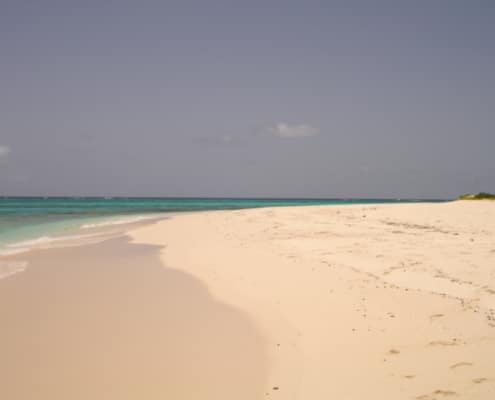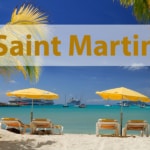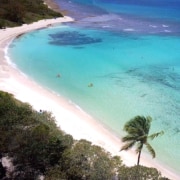We’ve been there!
We have chartered in Saint Martin (twice, actually) and so should you! Discover its magic as it seamlessly blends Caribbean allure with a touch of French and Dutch charm. Set sail amidst turquoise waters, navigating between secluded coves and vibrant coral reefs that beckon snorkelers and divers alike. From exquisite cuisine to the lively local culture, Saint Martin and its surrounding isles offers a captivating fusion of relaxation, exploration, and the sheer joy of cruising its picturesque coastline.


























